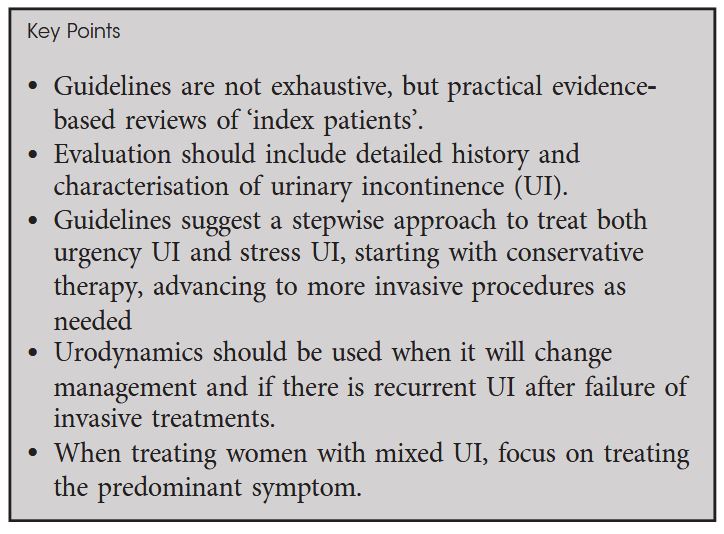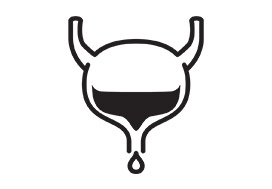Article of the Month – Guidelines of the Guidelines: Urinary Incontinence in Women
Every month, the Editor-in-Chief selects an Article of the Month from the current issue of BJUI. The abstract is reproduced below and you can click on the button to read the full article, which is freely available to all readers for at least 30 days from the time of this post.
In addition to the article itself, there is an editorial prepared by a prominent member of the urological community and a video by the authors; we invite you to use the comment tools at the bottom of each post to join the conversation.
If you only have time to read one article this month, we recommend this one.
Guidelines of the Guidelines: Urinary Incontinence in Women
Rachael D. Sussman*, Raveen Syan† and Benjamin M. Brucker‡
*Department of Urology, MedStar Georgetown University Hospital, Washington, DC, †Department of Urology, Stanford School of Medicine, Stanford, CA, and ‡Department of Urology, New York University Medical Center, New York, NY, USA
Introduction
Urinary incontinence (UI) is a common disease, with prevalence rates as high as 44–57% in middle‐aged and post‐menopausal women. Those with UI may experience physical, functional, and psychological limitations and diminished quality of life (QoL) at home and at work. The financial burden of UI care is significant, with an estimated direct cost of $19.5 billion (American dollars) in the USA alone.
UI can be classified into a number of different categories, with stress UI (SUI) and urgency UI (UUI) being the most common. Many professional organisations have created guidelines to help clinicians navigate the diagnosis and evaluation of UI, as well as the treatments including conservative, pharmacological, and surgical. The methodologies upon which most guidelines are based are similar, starting with systematic reviews and grading of available literature. Organisations then make recommendations with different definitions and strengths. Guidelines are not exhaustive, but rather serve as a practical review of evidence‐based management of ‘index patients’.
The present ‘Guideline of guidelines,’ updated from a 2016 publication, reviews various international guidelines that have been updated at different time intervals and provides an updated summary of the important similarities and differences on the management of UI in women.




